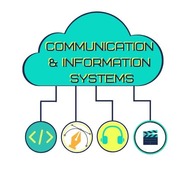(View Complete Item Description)
Students will learn how to distinguish different video shots, angles, and movements by watching a professionally created movie trailer. Locate a movie trailer of your choice and convert it into a movie file that can be uploaded into a video editing software, such as iMovie. Students will then detach the audio so it is not a distraction while working during class. The next step will be to locate the different camera uses, angles, and movements as listed in the PowerPoint. Once the shots are located, students will split the video and use a freeze frame with on-screen text to key the name of the shot. An example would be "long shot with bird's eye view." Students should locate at least three examples for each of the camera uses, angles, and movements. Once done, the students will export their movie and submit for grading.
Material Type:
Activity/Lab,
Lesson,
Lesson Plan
Author:
Dawn Friedrich



















